When we think about exercise, we envisage intense burpees or racing on the treadmill - Walking might be a second thought for most...
Stats are revealing a common myth - that walking isn’t as beneficial as more intense workouts like running. The Couch to 5K app boasts over 7 million downloads since 2016, leaving walking apps lagging behind. But don’t underestimate your steps! Walking delivers impressive health and fitness perks that shouldn’t be overlooked.
Why Walking Counts
Often dismissed as a means to get from A to B, walking deserves its place in the fitness spotlight.
The NHS recommends 150 minutes of moderate activity a week, and walking makes hitting that goal simple. It’s free, low-impact, accessible, and science-backed. This underrated workout fits almost any lifestyle and can be easily incorporated into your day-to-day routine.
It’s good for your heart and overall health
Endorsed by the UK government, the NHS, and the WHO, brisk walking is an easy way to keep your heart and health in top shape.
Not only does it get your heart pumping and boost circulation, but just 11 minutes of moderate activity daily can slash your risk of heart and circulatory diseases, lower the risk of cancer and prolong your life.
It builds and maintains muscle
Walking engages key muscle groups like quads, hamstrings, calves, glutes, and abs, helping to build and maintain strength.
It’s adaptable, and accessible to most people
Walking is one of our earliest milestones and unlike other sports or exercises, it requires no skill. It can be easily adjusted to suit any fitness level. Ways to adapt your walking routines include:
- Changing your pace or terrain
- Adding a weighted vest or backpack
- Walking uphill, on uneven ground, or using poles
- Trying intervals or power walking
Even elite athletes swear by walking. Olympian and coach Jeff Galloway recommends it to strengthen feet, knees, and hips. If it’s good enough for Olympians, it’s more than good enough for you!

Boost Your Mood, One Step at a Time
Walking doesn’t just benefit your body; it’s amazing for mental health. A stroll can lift your mood, reduce stress, and boost your vitamin D levels. It even helps combat Seasonal Affective Disorder (SAD). Studies also show moderate walking reduces depression risk by 30%, improves memory, and enhances sleep quality.
Spending 120 minutes a week outdoors is tied to better health and wellbeing. Swapping the treadmill for an outdoor wander could be the mental reset you need.
Stronger, Fitter, Better
Walking is a game-changer for your overall wellness. It can help you:
- Support weight loss and maintain a healthy weight
- Slow age-related muscle loss (sarcopenia)
- Ease joint pain by lubricating joints and strengthening muscles
- Improve lung function in older adults
- Strengthen your immune system to bounce back from illness quicker
- Reduce sugar cravings
The benefits vary depending on factors like step count. While the 10,000 steps-a-day goal became popular thanks to a 1965 Japanese pedometer, recent research shows walking just 8,000 steps consistently delivers significant health perks.
Looking for calorie-burn inspiration?
- 2,000 steps = ~73 kcal (women) or 89 kcal (men), about a digestive biscuit!
- 8,000 steps = ~290 kcal (women) or 356 kcal (men), like a pizza slice or stir fry.
- 10,000 steps = ~363 kcal (women) or 445 kcal (men), similar to an omelette or BLT

Stay Refreshed, Stay Energised
Walking doesn’t require much gear, but hydration is key. Even in cool weather, your body loses water, so drink up to avoid fatigue and dehydration.
- Drink 400-600ml of water 2-3 hours before walking, and 200-250ml just before.
- Carry a reusable bottle and choose routes with refill stations.
- Sip every 15 minutes during longer walks.
And remember, water alone doesn't give your body everything it needs for optimal hydration.
WOW HYDRATE's electrolyte water range contains sodium, calcium and magnesium to regulate the balance of water, minerals, and nutrient absorption, whilst supporting muscle function.
For serious treks, WOW HYDRATE Electrolyte PRO delivers the addition of potassium to prevent cramps and keep your energy up whilst restoring your hydration levels.
Tips to Maximise Your Walking Routine
- Set a Goal: Track steps, distance, or time using apps like the NHS’s free Active 10.
- Find Routes: Keep a mix of city walks, parks, and trails for variety.
- Start Small: Incorporate micro-habits like 5-10 minute lunch strolls or taking the stairs.
- Get Social: Walk with friends, suggest walking meetings, or join local walking groups.
Step Into Fitness Today
Walking is more than a way to get around; it’s a simple, effective way to boost your physical and mental health. Start small, build stamina, and challenge yourself with tougher routes over time. Whether you’re squeezing in a quick stroll or gearing up for a hike, every step counts.
Grab a WOW HYDRATE bottle for fast rehydration, lace up your shoes, and hit the trail. Your healthier, happier self awaits!

Bonus: Walking for Exercise FAQs
Is walking enough exercise to stay fit?
Yes! Walking is a fantastic way to stay fit. The NHS recommends 150 minutes of moderate activity weekly, and walking fits the bill, offering benefits for everything from muscle maintenance to weight management and a stronger immune system.
How many steps a day should I aim for?
You don’t need to hit 10,000 steps to reap the rewards. Research shows 8,000 steps a day is plenty to support your health.
- Over 60? Aim for 6,000+ steps daily.
- Younger with more energy? Challenge yourself with higher step counts.
Does walking help with weight loss?
Absolutely. Regular walks can aid weight loss. One study found women doing two 25-minute walks a day lost more weight than those doing one 50-minute walk.
What’s the difference between a stroll and a brisk walk?
- Stroll: Slow, leisurely, no rush.
- Brisk Walk: Faster-paced (3 mph+), goal-focused, and great for fitness.
Can walking improve mental health?
Yes! Walking boosts mood, reduces stress, sharpens memory, enhances sleep, and lowers depression risk by 30%.
Do I need special shoes or gear for walking in the UK?
Not really. Walking’s simplicity is part of its charm. Stick to shoes that are supportive, comfortable, have good grip, and are weatherproof. Reflective clothes and layers are handy for darker or unpredictable UK weather.
Where are the best places to walk for exercise in the UK?
- City Walks: London’s 150-mile loop, Manchester’s canals, or historic Edinburgh strolls.
- Coastal Paths: South West Coast Path, Cornish cliffs, or Scotland’s stunning islands.
- Parks: The New Forest, Richmond Park, or National Trust gardens.
- Other Trails: Hadrian’s Wall Path, the Cotswolds, or Scotland’s munros.
How can I stay motivated to walk regularly?
- Set goals and track progress (apps like Active 10 can help).
- Walk with friends or groups for accountability.
- Try new routes and listen to podcasts for variety.
- Walk your dog, or borrow one!
- Schedule short walks into your day and celebrate milestones.
Is walking safe for people with joint pain or arthritis?
Yes! Walking is low-impact and can keep joints flexible, improve bone health, and reduce osteoporosis risk.
Should I stretch before or after walking?
Warm up by strolling for 5-10 minutes before increasing speed. After walking, stretch muscles like your hamstrings and calves for flexibility and injury prevention. To aid recovery, WOW HYDRATE’s protein water and Protein PRO line contains essential BCAAs which supports muscle repair and joint health.

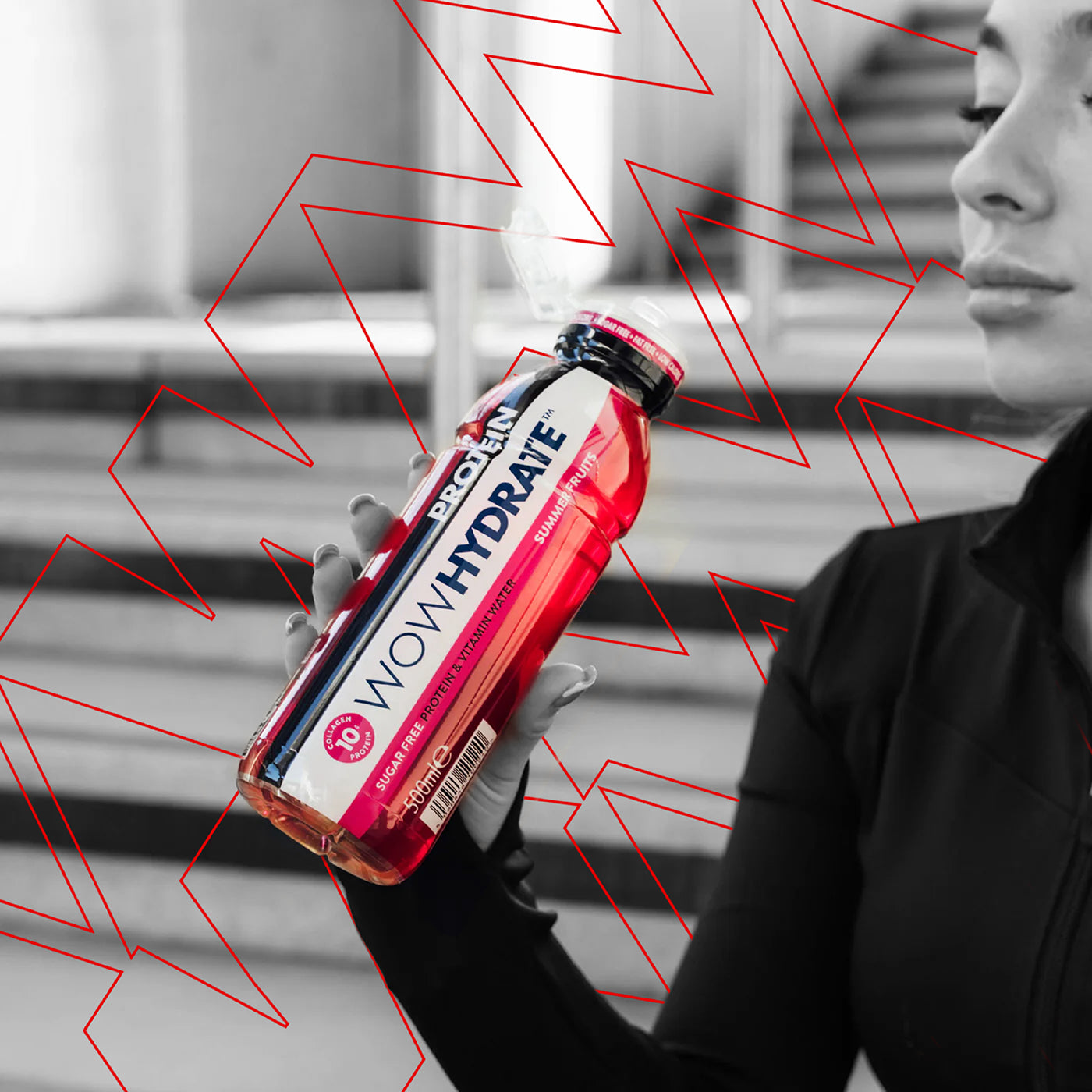
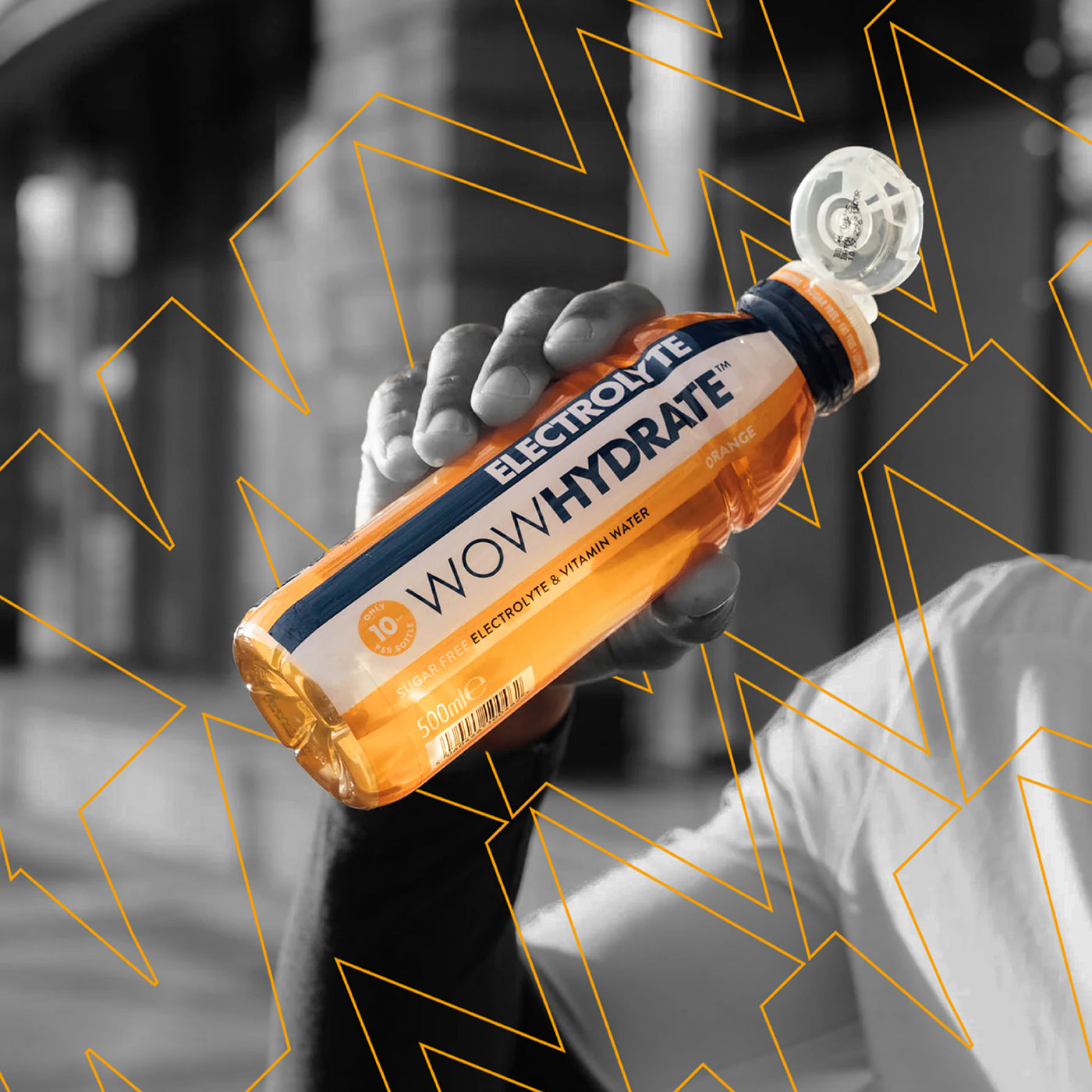
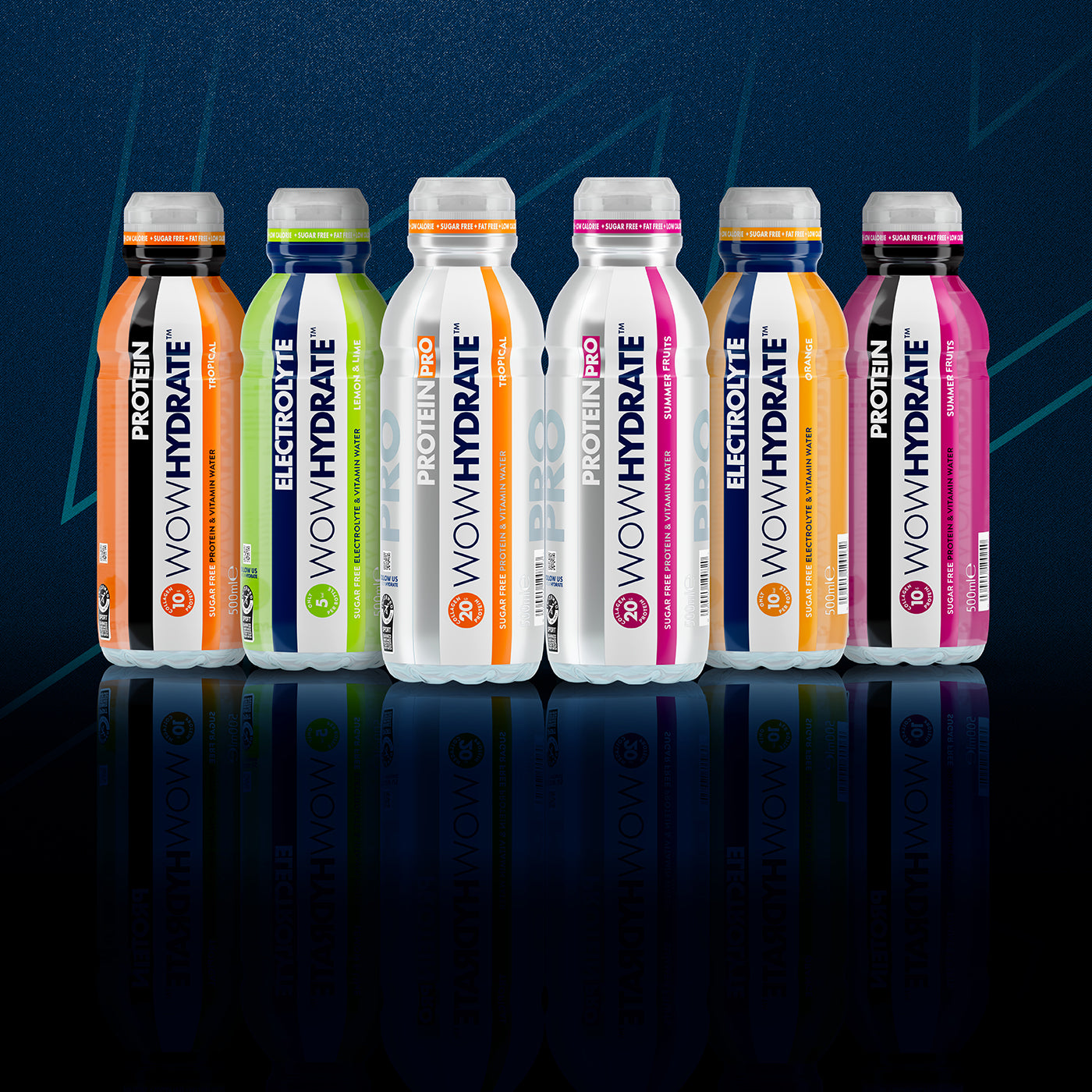
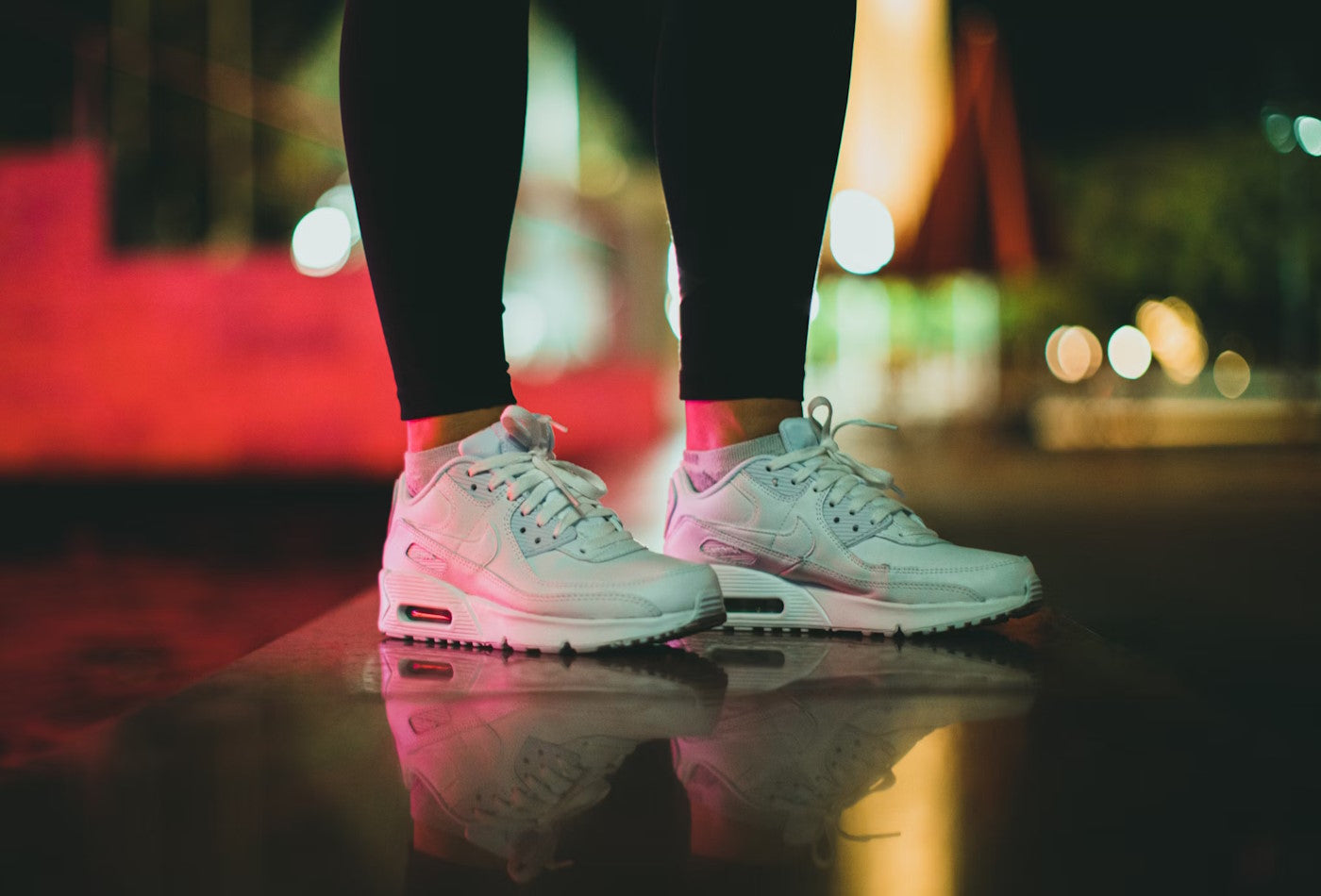


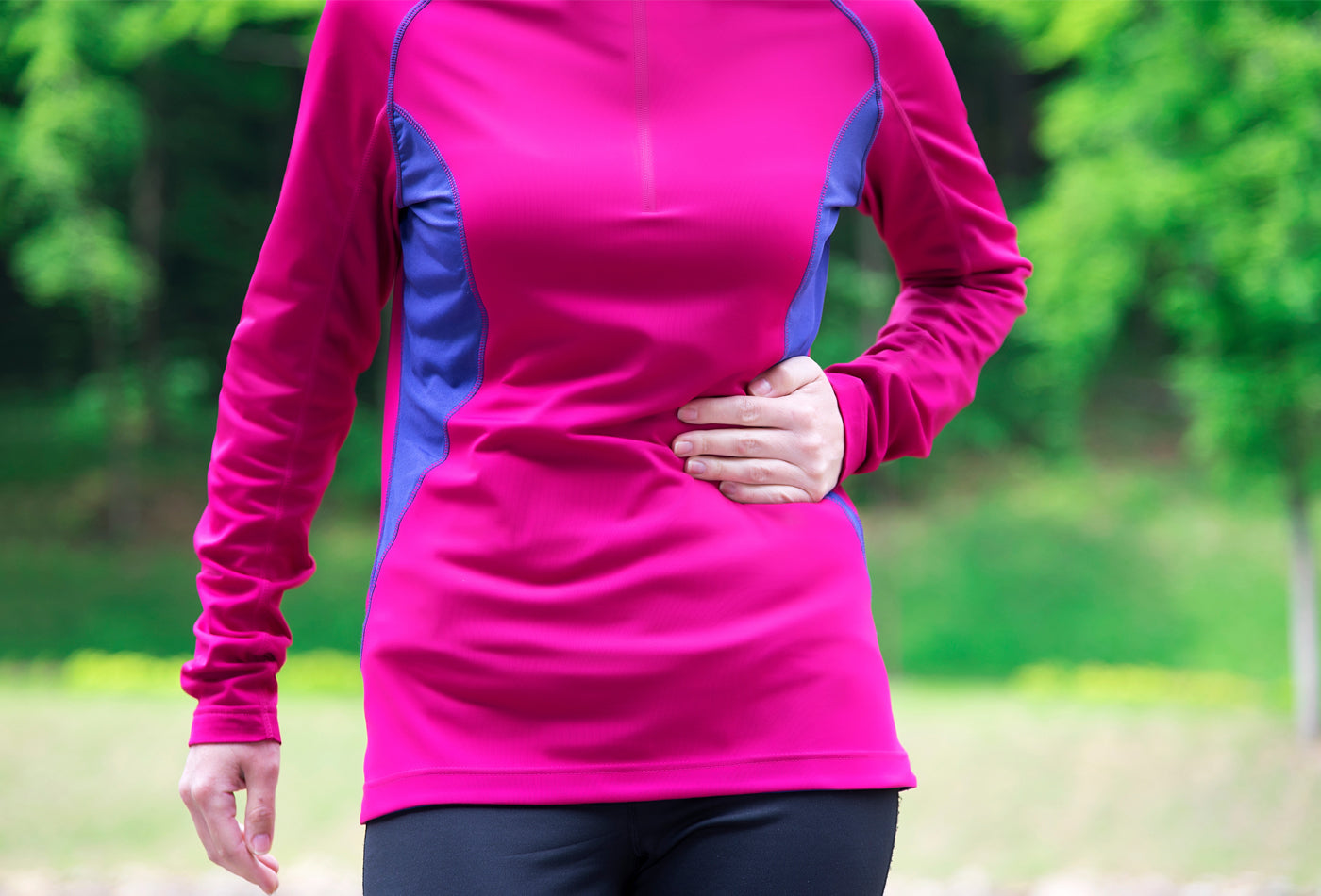

Leave a comment
This site is protected by hCaptcha and the hCaptcha Privacy Policy and Terms of Service apply.